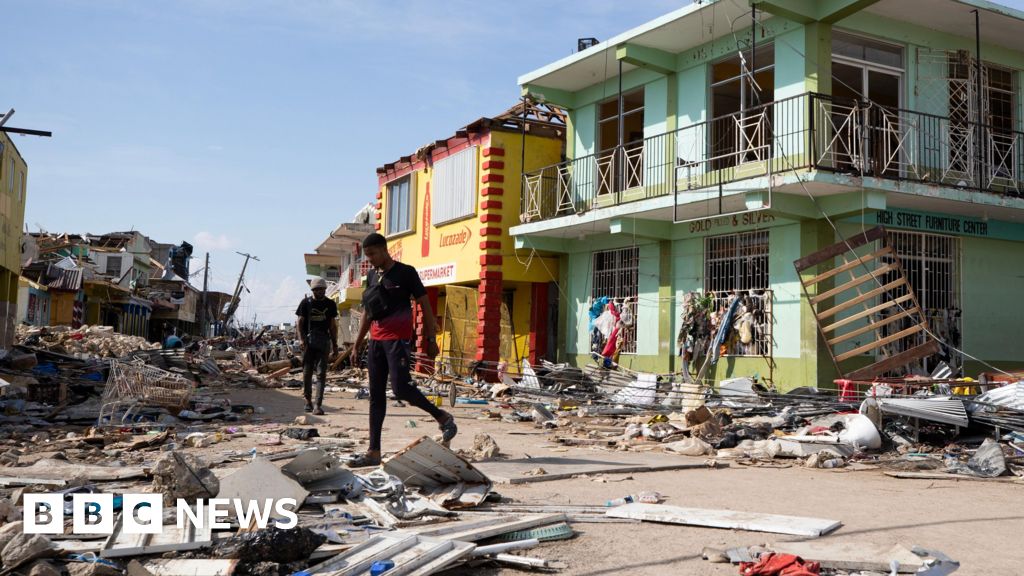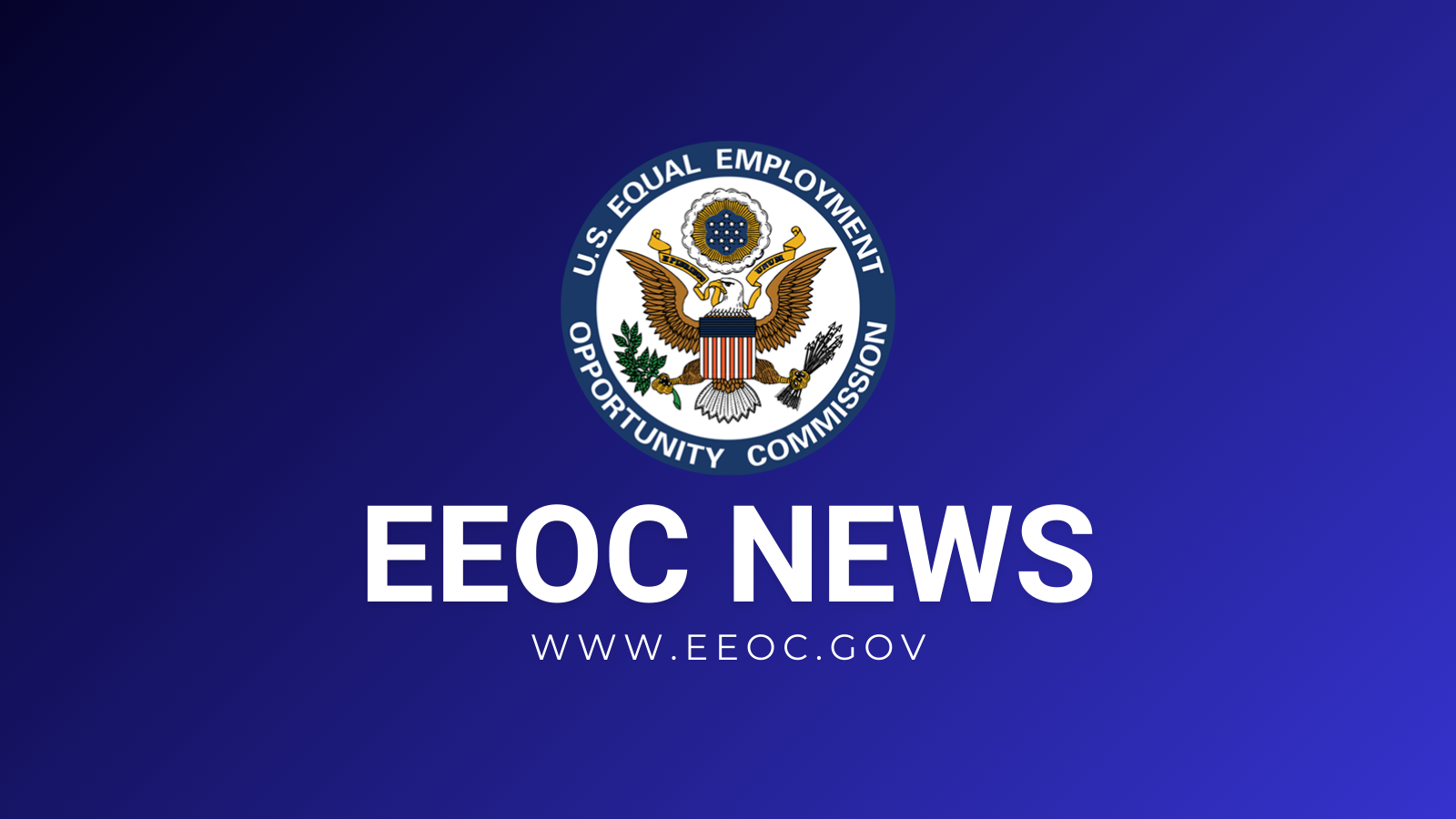Hurricane Melissa: Britons evacuated from Jamaica as UK sends aid – BBC

Report on the Humanitarian Response to Hurricane Melissa in Jamaica
1.0 Executive Summary
This report details the humanitarian crisis in Jamaica following the landfall of Hurricane Melissa, a category five storm. It outlines the immediate impacts on the population and infrastructure, the international response efforts, and the significant challenges to recovery. The situation is analyzed through the lens of the United Nations Sustainable Development Goals (SDGs), highlighting the storm’s severe impact on progress toward these goals and how relief efforts are aligned with addressing them.
2.0 Storm Impact and Humanitarian Crisis
Hurricane Melissa made landfall in Jamaica, causing widespread devastation and leaving a significant death toll. The storm’s impact represents a major setback for several key SDGs.
- Human Toll: At least 19 fatalities have been confirmed in Jamaica, with dozens more across the Caribbean region.
- Community Displacement: Entire communities have been described as “flattened,” forcing approximately 6,000 people into emergency shelters. This directly undermines SDG 11 (Sustainable Cities and Communities) by rendering housing and settlements unsafe and uninhabitable.
- Food and Water Scarcity: The disruption has led to critical shortages of clean drinking water and food, with reports of civilians entering supermarkets to secure supplies. This crisis directly impacts SDG 2 (Zero Hunger) and SDG 6 (Clean Water and Sanitation).
3.0 International Response and Partnerships for the Goals (SDG 17)
A coordinated international response is underway, demonstrating SDG 17 (Partnerships for the Goals) in action. The UK government and international aid organizations are collaborating to provide immediate relief.
3.1 United Kingdom Government Contribution
- An evacuation flight for British nationals was chartered from Kingston to London.
- A regional emergency package of £7.5 million has been established.
- The funding includes a commitment to match public donations up to £1 million to the International Red Cross and Red Crescent.
3.2 International Aid Organisations
- International Federation of Red Cross and Red Crescent (IFRC): Actively engaged in search and rescue, healthcare provision, and the distribution of essential supplies. Donations, including from King Charles and Queen Camilla, support this lifesaving work, which aligns with SDG 1 (No Poverty) and SDG 3 (Good Health and Well-being).
- Global Empowerment Mission: Dispatched a seven-truck convoy with humanitarian assistance to the heavily damaged town of Black River.
4.0 Infrastructure Damage and Setbacks to Development Goals
The hurricane has severely damaged critical infrastructure, impeding recovery efforts and reversing progress on key development indicators.
4.1 Health Infrastructure (SDG 3)
- Hospitals have sustained “significant damage,” with the Black River Hospital requiring a total relocation of services.
- Emergency services are under strain from an influx of trauma-related injuries.
- The immediate challenge is to preserve accident and emergency services, a cornerstone of SDG 3 (Good Health and Well-being).
4.2 Energy and Transport Infrastructure (SDG 7 & SDG 9)
- Energy Crisis: 72% of the population remains without electricity, highlighting the vulnerability of the energy grid and hindering progress toward SDG 7 (Affordable and Clean Energy). There is a critical need for generators.
- Transport Disruption: Landslides, downed power lines, and fallen trees have made roads impassable. This severely complicates aid distribution and reconstruction, impacting SDG 9 (Industry, Innovation, and Infrastructure).
5.0 Conclusion: Climate Action and Resilient Recovery
The devastation caused by Hurricane Melissa underscores the urgent need for SDG 13 (Climate Action). The intensity of the storm is consistent with the increasing frequency of extreme weather events linked to climate change. The ongoing recovery efforts, while focused on immediate humanitarian needs, must transition toward rebuilding resilient infrastructure and communities capable of withstanding future climate-related disasters, in line with the principles of the Sustainable Development Goals.
Analysis of SDGs, Targets, and Indicators
1. Which SDGs are addressed or connected to the issues highlighted in the article?
- SDG 1: No Poverty
- SDG 3: Good Health and Well-being
- SDG 6: Clean Water and Sanitation
- SDG 7: Affordable and Clean Energy
- SDG 9: Industry, Innovation and Infrastructure
- SDG 11: Sustainable Cities and Communities
- SDG 13: Climate Action
- SDG 17: Partnerships for the Goals
2. What specific targets under those SDGs can be identified based on the article’s content?
-
SDG 1: No Poverty
- Target 1.5: Build the resilience of the poor and those in vulnerable situations and reduce their exposure and vulnerability to climate-related extreme events and other economic, social and environmental shocks and disasters. The article discusses the aftermath of Hurricane Melissa, a climate-related extreme event, which has devastated communities, left thousands in shelters, and disproportionately affects those in vulnerable situations.
-
SDG 3: Good Health and Well-being
- Target 3.d: Strengthen the capacity of all countries, in particular developing countries, for early warning, risk reduction and management of national and global health risks. The article highlights the “significant damage” to hospitals, the need to relocate services from the Black River Hospital, and the challenge of preserving emergency services. This points to the need for more resilient health infrastructure to manage risks from natural disasters.
-
SDG 6: Clean Water and Sanitation
- Target 6.1: By 2030, achieve universal and equitable access to safe and affordable drinking water for all. The article explicitly mentions the Red Cross’s work to ensure “access to… clean water” and notes that many are “in need of clean drinking water,” indicating a disruption in this essential service.
-
SDG 7: Affordable and Clean Energy
- Target 7.1: By 2030, ensure universal access to affordable, reliable and modern energy services. The article states that “72% of people across Jamaica still do not have electricity” due to the “broken electricity grid.” The reliance on generators further underscores the disruption to energy access.
-
SDG 9: Industry, Innovation and Infrastructure
- Target 9.1: Develop quality, reliable, sustainable and resilient infrastructure… to support economic development and human well-being. The hurricane’s impact on infrastructure is a central theme, with mentions of “blocked roads,” a “broken electricity grid,” “downed power lines,” and “significant damage” to hospitals, all of which demonstrate a lack of resilient infrastructure.
-
SDG 11: Sustainable Cities and Communities
- Target 11.5: By 2030, significantly reduce the number of deaths and the number of people affected… caused by disasters. The article directly reports on the human cost of the disaster, stating it killed “at least 19 people” in Jamaica and affected thousands, with “around 6,000 are in emergency shelters.”
-
SDG 13: Climate Action
- Target 13.1: Strengthen resilience and adaptive capacity to climate-related hazards and natural disasters in all countries. Hurricane Melissa is described as “one of the most powerful hurricanes ever measured in the Caribbean,” a type of climate-related hazard. The extensive damage and loss of life show the need to strengthen resilience and adaptive capacity in the region.
-
SDG 17: Partnerships for the Goals
- Target 17.16: Enhance the global partnership for sustainable development, complemented by multi-stakeholder partnerships that mobilize and share… financial resources. The article details international cooperation, including the UK government’s “£7.5m regional emergency package,” public donations matched up to £1m, and aid from organizations like the International Red Cross and Global Empowerment Mission.
3. Are there any indicators mentioned or implied in the article that can be used to measure progress towards the identified targets?
-
Target 11.5 / 1.5 / 13.1
- Indicator 11.5.1: Number of deaths, missing persons and directly affected persons attributed to disasters per 100,000 population. The article provides direct data points for this indicator, such as “at least 19 people” killed in Jamaica and “around 6,000 are in emergency shelters.”
-
Target 7.1
- Indicator 7.1.1: Proportion of population with access to electricity. The article implies this indicator by stating that “72% of people across Jamaica still do not have electricity,” which allows for a direct calculation of the population without access.
-
Target 9.1
- Implied Indicator: Functionality of critical infrastructure. The article describes “blocked roads,” a “broken electricity grid,” and damaged hospitals. Progress could be measured by the percentage of roads, power grids, and hospitals that are non-functional following a disaster.
-
Target 17.16
- Implied Indicator: Amount of international financial aid provided for disaster relief. The article quantifies the financial support, mentioning the “£7.5m regional emergency package” and the plan to match public donations “up to £1m,” which serve as direct measures of financial partnership.
Summary Table of SDGs, Targets, and Indicators
| SDGs | Targets | Indicators |
|---|---|---|
| SDG 1: No Poverty | 1.5: Build resilience of the poor and vulnerable to climate-related extreme events and disasters. | Number of people killed and directly affected by the disaster (e.g., 19 deaths, 6,000 in shelters). |
| SDG 3: Good Health and Well-being | 3.d: Strengthen capacity for risk reduction and management of health risks. | Number of hospitals with “significant damage” and services that had to be relocated. |
| SDG 6: Clean Water and Sanitation | 6.1: Achieve universal and equitable access to safe and affordable drinking water. | Mention of communities in “need of clean drinking water” and aid efforts to ensure access. |
| SDG 7: Affordable and Clean Energy | 7.1: Ensure universal access to affordable, reliable and modern energy services. | “72% of people across Jamaica still do not have electricity.” |
| SDG 9: Industry, Innovation and Infrastructure | 9.1: Develop quality, reliable, sustainable and resilient infrastructure. | Reports of “blocked roads,” a “broken electricity grid,” and “downed power lines.” |
| SDG 11: Sustainable Cities and Communities | 11.5: Significantly reduce the number of deaths and people affected by disasters. | “at least 19 people” killed in Jamaica; “around 6,000 are in emergency shelters.” |
| SDG 13: Climate Action | 13.1: Strengthen resilience and adaptive capacity to climate-related hazards and natural disasters. | The scale of devastation caused by a category five hurricane, highlighting the lack of resilience. |
| SDG 17: Partnerships for the Goals | 17.16: Enhance the global partnership for sustainable development. | Quantified financial aid, such as the UK’s “£7.5m regional emergency package.” |
Source: bbc.com
What is Your Reaction?
 Like
0
Like
0
 Dislike
0
Dislike
0
 Love
0
Love
0
 Funny
0
Funny
0
 Angry
0
Angry
0
 Sad
0
Sad
0
 Wow
0
Wow
0




















































.jpg.webp?itok=0ZsAnae9#)


























